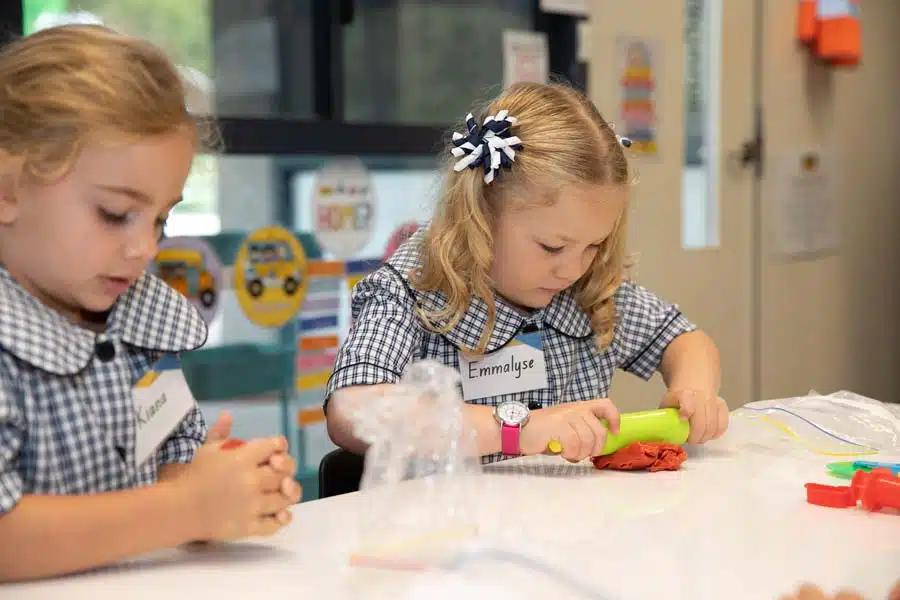
Introduction to Curiosity and Learning
Curiosity is the spark that ignites the flame of learning. It’s that insatiable itch to know more, to explore new ideas, and to ask questions about the world around us. When curiosity takes center stage in education, it transforms mundane lessons into thrilling adventures. Imagine a classroom where students eagerly dive into subjects because they genuinely want to understand them. This kind of engagement doesn’t just make learning enjoyable; it also lays a strong foundation for lifelong knowledge.
In an age where distractions are abundant, fostering curiosity can be your secret weapon—helping both educators and learners stay motivated on their educational journeys. By exploring how curiosity influences learning, we can unlock new pathways for growth and discovery while keeping everyone engaged along the way. Let’s embark on this exciting exploration together!

Benefits of Curiosity in Education
Curiosity acts as a powerful catalyst in education. When students are curious, they engage more deeply with the material. This engagement often leads to improved retention of information.
Curious learners tend to ask questions, which promotes critical thinking. They explore topics beyond surface-level understanding, fostering a richer learning experience.
Another significant benefit is enhanced creativity. Curious minds naturally seek out new ideas and perspectives, leading to innovative solutions in problem-solving tasks.
Moreover, curiosity can improve motivation. Students who find joy in discovery are less likely to see learning as a chore; instead, it becomes an exciting journey filled with endless possibilities.
This intrinsic motivation nurtures resilience too. When faced with challenges or setbacks, curious individuals view them as opportunities for exploration rather than obstacles that deter progress.
The Science Behind Curiosity and Learning
Curiosity plays a pivotal role in enhancing the learning process. Neuroscience has shown that when we engage our curiosity, our brains release dopamine, the feel-good neurotransmitter. This chemical not only heightens pleasure but also reinforces memory retention.
Research indicates that curious individuals tend to ask more questions and seek deeper understanding. They actively explore topics rather than passively absorbing information. This proactive approach leads to enhanced critical thinking skills.
Moreover, curiosity fosters creativity. When learners are intrigued by new ideas or concepts, they become more open to experimenting and connecting disparate thoughts.
The brain thrives on novelty, making exploration vital for motivation. Environments rich in stimulating challenges can further spark inquisitiveness.
Understanding these scientific principles can guide educators and students alike in fostering an atmosphere where curiosity flourishes alongside learning efforts.
Strategies for Cultivating Curiosity
Cultivating curiosity begins with asking questions. Encourage learners to explore “why” and “how.” This mindset nurtures deeper understanding.
Creating an environment rich in exploration is vital. Provide access to diverse resources, such as books, videos, and interactive materials. A colorful array of information sparks interest.
Encourage collaboration among peers. Group discussions or projects allow students to share insights and learn from one another’s perspectives.
Incorporate open-ended tasks that require creative thinking. These challenges invite individuals to brainstorm solutions rather than focus solely on correct answers.
Celebrate failures as part of the learning journey. Emphasizing growth over perfection helps maintain motivation while fostering a love for discovery.

Incorporating Technology and Hands-on Activities
Technology can be a powerful ally in sparking curiosity. Interactive tools like virtual reality and educational apps offer immersive experiences that captivate learners. Imagine exploring ancient civilizations without leaving the classroom.
Hands-on activities also play a crucial role in engaging students. Building models, conducting experiments, or even crafting art projects allows for experiential learning. This tactile involvement ignites interest and helps concepts stick.
Combining both elements creates a dynamic learning environment. For instance, using tablets to research while assembling a science project enhances understanding through multiple senses.
Encouraging collaboration with technology fosters communication skills too. Group projects involving digital presentations or coding challenges promote teamwork alongside curiosity.
By blending tech-savvy resources with tangible tasks, educators can create an atmosphere where students feel motivated to explore further and ask questions about their world.
Overcoming Barriers to Curiosity in Education
Barriers to curiosity often stem from rigid educational structures. Standardized testing can stifle creativity and exploration. Students may feel pressured to conform, leading them away from their natural desire to learn.
Another hurdle is the fear of failure. Many learners hesitate to ask questions or pursue new ideas due to worries about being wrong. Creating a safe environment for inquiry is essential in overcoming this barrier.
Additionally, limited resources can hinder engagement. Not all schools provide access to diverse materials or experiences that spark interest. Investing in innovative tools and fostering collaboration among educators can help bridge these gaps.
Encouraging open dialogue also plays a crucial role in nurturing curiosity. When students feel heard, they are more likely to express their interests and seek deeper understanding without hesitation. Engaging with parents and communities further enriches the learning experience, creating an ecosystem where curiosity thrives.
Conclusion: Continuing to Cultivate Curiosity for Lifelong Learning
Curiosity is an essential driving force in the learning process. It opens doors to new knowledge and experiences, making education more engaging and enriching. As we navigate through different stages of life, maintaining that sense of wonder can ignite a passion for lifelong learning.
Cultivating curiosity requires intention and practice. By incorporating strategies like hands-on activities or leveraging technology, learners can stay engaged and motivated on their educational journeys. It’s also vital to address barriers that may hinder curiosity—creating environments where questioning is encouraged fosters deeper understanding.
As we embrace our natural inclination to explore, we’ll find that the role of curiosity in learning transcends formal education. Whether you’re a student or a lifelong learner, nurturing this trait not only enhances personal growth but also adds depth to life’s experiences. Embrace your curious spirit; it will lead you down paths you’ve yet to discover!




Leave a Reply